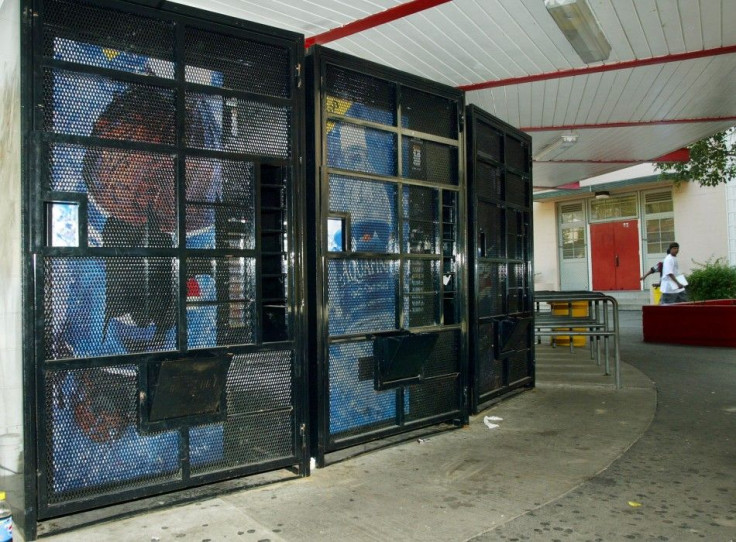Soda Consumption Down Among High School Students

One-fourth (24%) of students drank soda, down from 29% in 2009, according to a recently released report from Center for Disease Control (CDC).
Analysis of the National Youth Physical Activity and Nutrition Study (NYPANS) conducted by CDC results show that daily consumption of regular soda or pop, sports drinks, and other sugar-sweetened beverages is still prevalent in this population—especially among male students and black students. But it has decreased since the previous year.
Sugar-sweetened beverages are the largest source of added sugars in the diets of U.S. youth, and a major reason for their youth obesity epidemic. See this Youtube video by Robert H. Lustig, MD, UCSF Professor of Pediatrics in the Division of Endocrinology, calls sugar a toxin (video embedded below).
This should come as no surprise to any soda marketer as their sweet-spot target audience is the teenager. According to AdDataExpress, Coca-Cola’s target audience includes ages 12-54, with Latinos as a secondary target. Meanwhile Pepsi is narrowing its sales pitch for regular Pepsi-Cola to soda drinkers younger than 25, Latinos, African-Americans, and sports fans, according to Pepsi SVP & CMO. Separate campaigns target African-American mom. Dr. Pepper, owned by Dr. Pepper Snapple Group Inc. also targets from ages 12 to 34. And a separate campaign targets Latino Adults, aged 18-34.
The CDC report advocates decreasing the number of sugar-sweetened beverages consumed by high school students can improve their diet and help reduce their risk of obesity.
Key Findings
Among U.S. high school students in 2010, during the 7 days before the survey—
· Nearly one fourth (24.3%) drank a can, bottle, or glass of regular soda or pop daily.
· 16.1% drank a can, bottle, or glass of a sports drink daily.
· 16.9% drank a can, bottle, or glass of another sugar-sweetened beverage daily (e.g., lemonade, sweetened tea or coffee drinks, flavored milk, Snapple, or Sunny Delight, but not including soda or pop, sports drinks, energy drinks, or 100% fruit juice).
In addition—
· Nearly two thirds (62.8%) drank any combination of regular soda or pop, sports drinks, and other sugar-sweetened beverages one or more times per day.
· Almost one third (32.9%) drank any combination of these beverages two or more times per day.
· Male students were more likely than female students and black students were more likely than both white and Hispanic students to drink regular soda or pop, sports drinks, and other sugar-sweetened beverages daily.
Students completed an anonymous, self-administered questionnaire in their classrooms during a regular class period during the spring of 2010. Data from 11,429 students were available for analysis. The school response rate was 82%, the student response rate was 88%, and the overall response rate was 73%.
To view the full report: http://www.cdc.gov/healthyyouth/yrbs/nypans_summary.htm
© Copyright IBTimes 2024. All rights reserved.





















